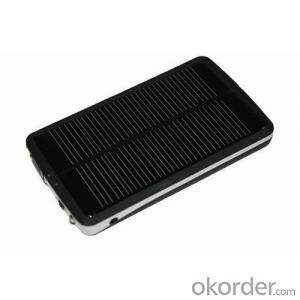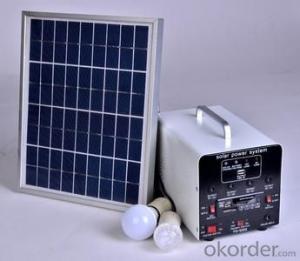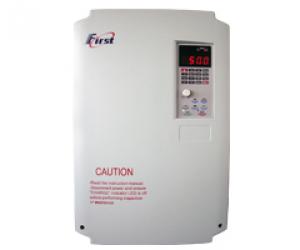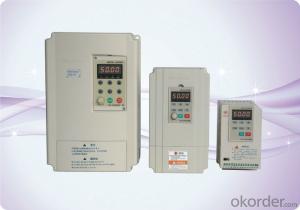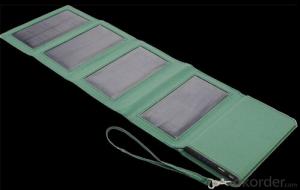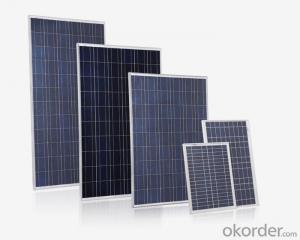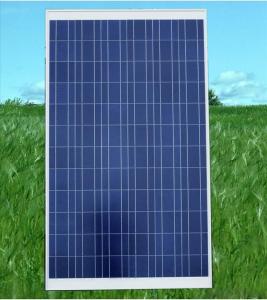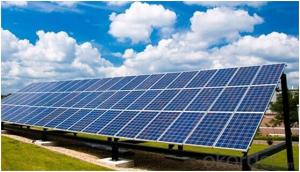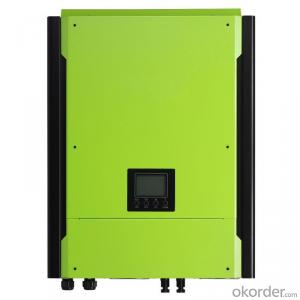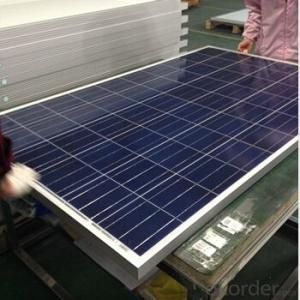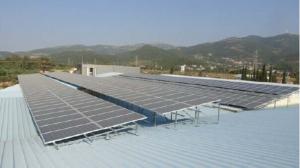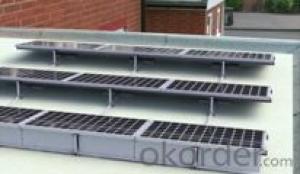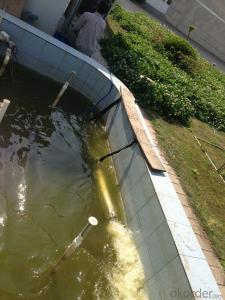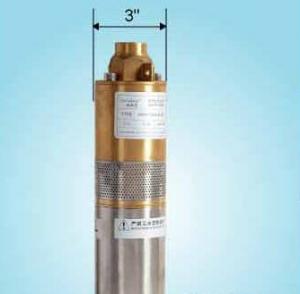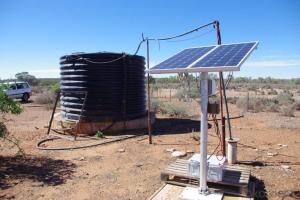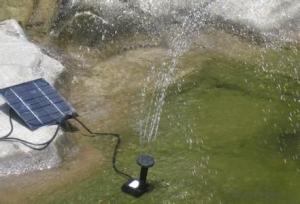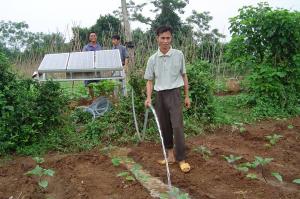Best Solar Pv Inverter
Best Solar Pv Inverter Related Searches
Best Inverter For Solar Pv Solar Pv Inverter Pv Solar Inverter Solar Pv Inverter Prices Pv Powered Solar Inverter Best Solar Power Inverter Best Solar Inverter Solar Pv Inverter Price Best Inverter Solar Best Rv Solar Inverter Solar Pv Inverter Types The Best Solar Inverter Best Solar Panel Inverter Best Solar Battery Inverter Best Inverter For Solar Best Solar Inverter For Rv Best Solar Pump Inverter Solar Best Inverter Best Inverter For Solar System Best Solar Inverter For Home Best Solar Inverter Generator Best Inverter For Solar Panels Best 12v Solar Inverter Solar Inverter Best Best Home Solar Inverter World Best Solar Inverter Solar Pv Inverter Location Best Inverter Solar Panel Best Solar Hybrid Inverter Best Mppt Solar InverterBest Solar Pv Inverter Supplier & Manufacturer from China
Best Solar Pv Inverter is a high-quality product that is designed to convert solar energy into usable electricity for various applications. This efficient and reliable inverter plays a crucial role in the solar power generation system, ensuring that the energy harvested from the sun is effectively utilized. The product is widely used in residential, commercial, and industrial settings, making it a versatile solution for meeting energy demands while reducing reliance on non-renewable resources. With its advanced technology and robust construction, Best Solar Pv Inverter has become a popular choice among those seeking to harness the power of the sun.Best Solar Pv Inverter is employed in a variety of scenarios, from small-scale home installations to large-scale solar farms. It is particularly useful in areas with high solar irradiance, where the potential for energy generation is maximized. The inverter's ability to handle different types of solar panels and its compatibility with various electrical systems make it a versatile option for a wide range of users. Whether it's powering a single household or contributing to the energy grid of an entire community, Best Solar Pv Inverter is an essential component in the transition towards sustainable energy solutions.
Okorder.com is a leading wholesale supplier of Best Solar Pv Inverter, boasting a large inventory that caters to the needs of various customers. With a commitment to providing top-notch products at competitive prices, Okorder.com ensures that businesses and individuals alike can access the Best Solar Pv Inverter they require for their solar power projects. By offering a comprehensive range of inverters and related accessories, Okorder.com has established itself as a one-stop-shop for all solar energy needs, making it easier than ever to embrace the benefits of clean, renewable energy.
Hot Products







